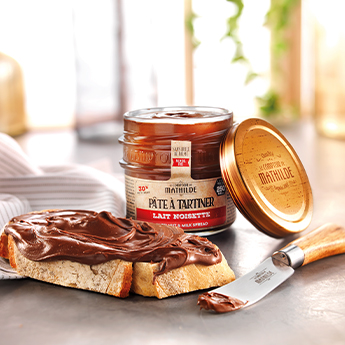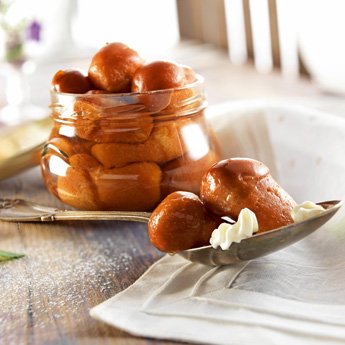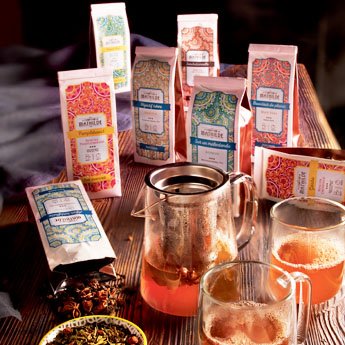
Celebrated 47 days before Easter, Mardi Gras marks the last day of the carnival. This particularly festive moment is not only an opportunity to dress up but also to taste delicious sweet specialities.
The origin of Mardi Gras
The origins of Mardi Gras date back to ancient Rome, where the arrival of spring was celebrated. The festivities involved costumes and transgressions of taboos, thus marking the beginning of a joyful period.
In the Christian religion, this day symbolizes the end of Shrovetide, the festive period before Lent. The word "carnival" comes from the Latin carne vale, meaning "farewell to meat," in reference to the abstinence practiced during Lent.
A colorful celebration
In France, Mardi Gras is a particularly lively moment: carnivals, parades, and processions take place in all cities. The carnivals of Nice and Dunkirk are known worldwide. Costumes compete in originality, and the festivities can last several days.
A gourmet celebration
Mardi Gras is for many an opportunity to eat delicious specialities. Bugnes and oreillettes, depending on the regions, delight all food lovers. The essential beignet, plain or filled with spreadable paste, is the star snack of Mardi Gras. Pancakes and waffles complete this sweet feast.
Between ancient traditions and modern celebrations, Mardi Gras is a joyful and gourmet celebration. A festive day that invites conviviality and indulgence. Discover our succulent recipes to prepare Mardi Gras like our crepe cake or our gourmet cone.






.jpg)



